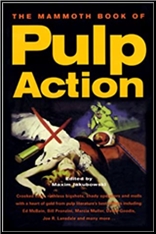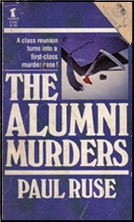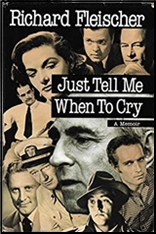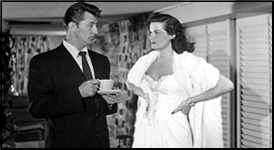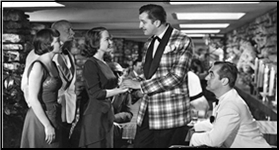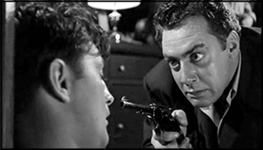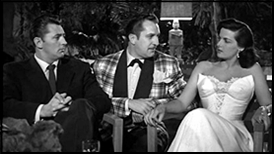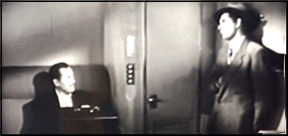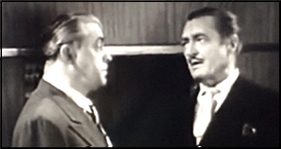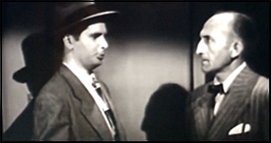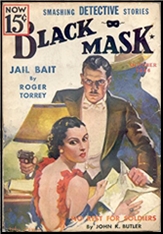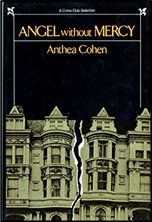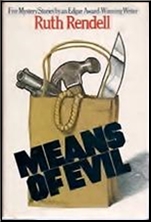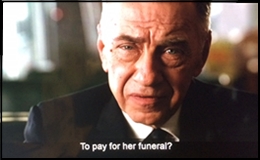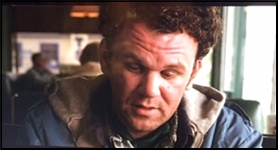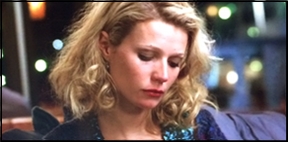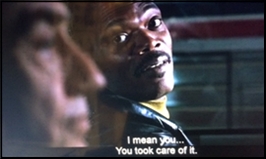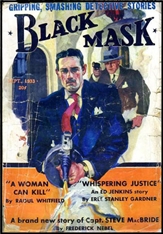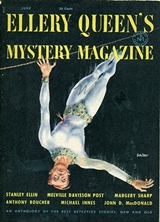Fri 8 Jan 2021
A Movie Review by David Friend: CAST A CROOKED SHADOW (1958).
Posted by Steve under Crime Films , Reviews[7] Comments
CAST A CROOKED SHADOW. Associated British-Pathé, UK, 1958; Warner Brothers, US, 1958. Richard Todd, Anne Baxter, Herbert Lom, Alexander Knox. Director: Michael Anderson. Available on DVD.
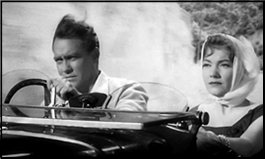
Kimberly Prescott (Anne Baxter) is a young South African heiress of a diamond company living in a Spanish villa. She has had a trying year: her father had committed suicide while her brother, Ward, is believed to have died in a car accident. One night, there arrives a man (Richard Todd) who claims to be her late brother. Kimberly is angry with what she considers to be a distasteful joke.
The man is insistent, however, and can back up his claims with photographs and a detailed knowledge of their shared childhood. He swiftly installs himself in Kimberley’s villa and into her life, while local inspector Vargas (Herbert Lom) remains confused and concerned. Everyone considers Kimberley to be mad and even she begins to doubt herself. And then she realises her life is in danger.
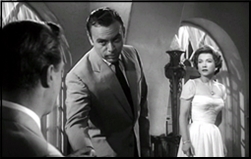
This 1958 thriller riffs on one of the most intriguing of old chestnuts – the long-lost relative who may be an imposter, which was also the premise to Golden Age writer Josephine Fey’s 1949 novel Brat Farrar. Director Michael Anderson gives us a suspenseful, gothic melodrama which keeps the viewers wondering just how it will end. Richard Todd, who had just appeared in Yangtse Incident for Anderson, makes his character casual, creepy and occasionally even considerate, while Anne Baxter remains on the right side of hysterical. She does much of the heavy lifting here, appearing in most scenes, and maintains a difficult balance between anxiety and determination, while never appearing weak.
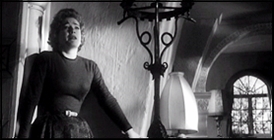
Of particular mention is Herbert Lom, surely one of the most underrated actors of his generation, who remains sympathetic as Vargas. He is intrigued and suspicious, but stymied by Ward’s plausible explanations. There’s also a quite excellent twist in the tale, which should not be considered too much beforehand.
This was another I saw on the Talking Pictures TV channel, on Christmas Day, and it was better than many current TV offerings. Anyone wanting a cosily creepy evening viewing, in the Daphne du Maurier tradition of clifftop terror, will do well to check this out.
Rating: *****
